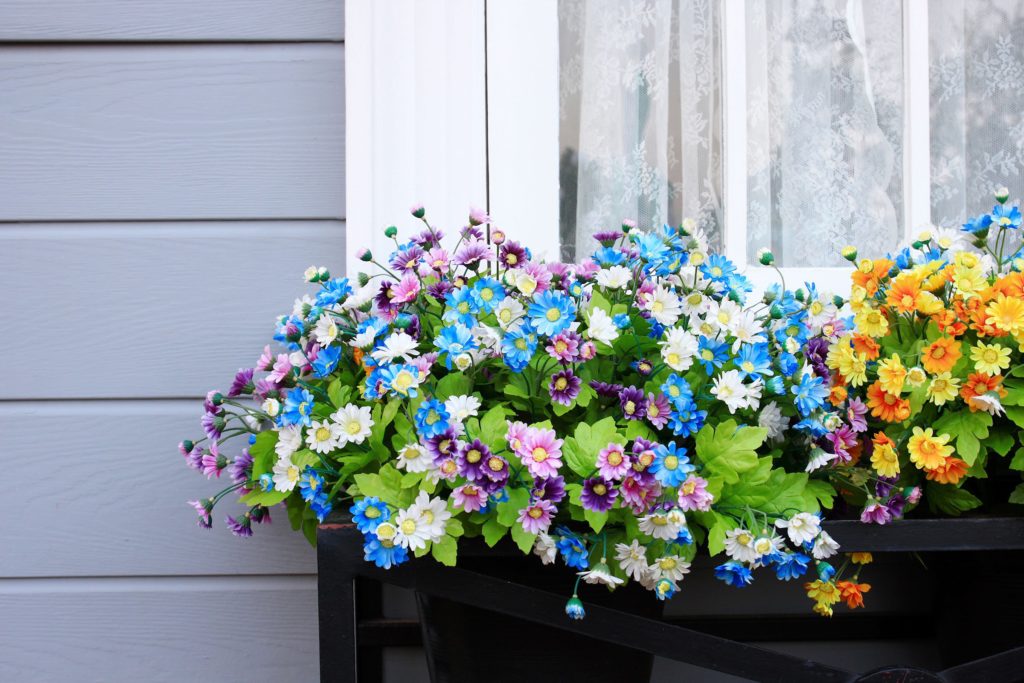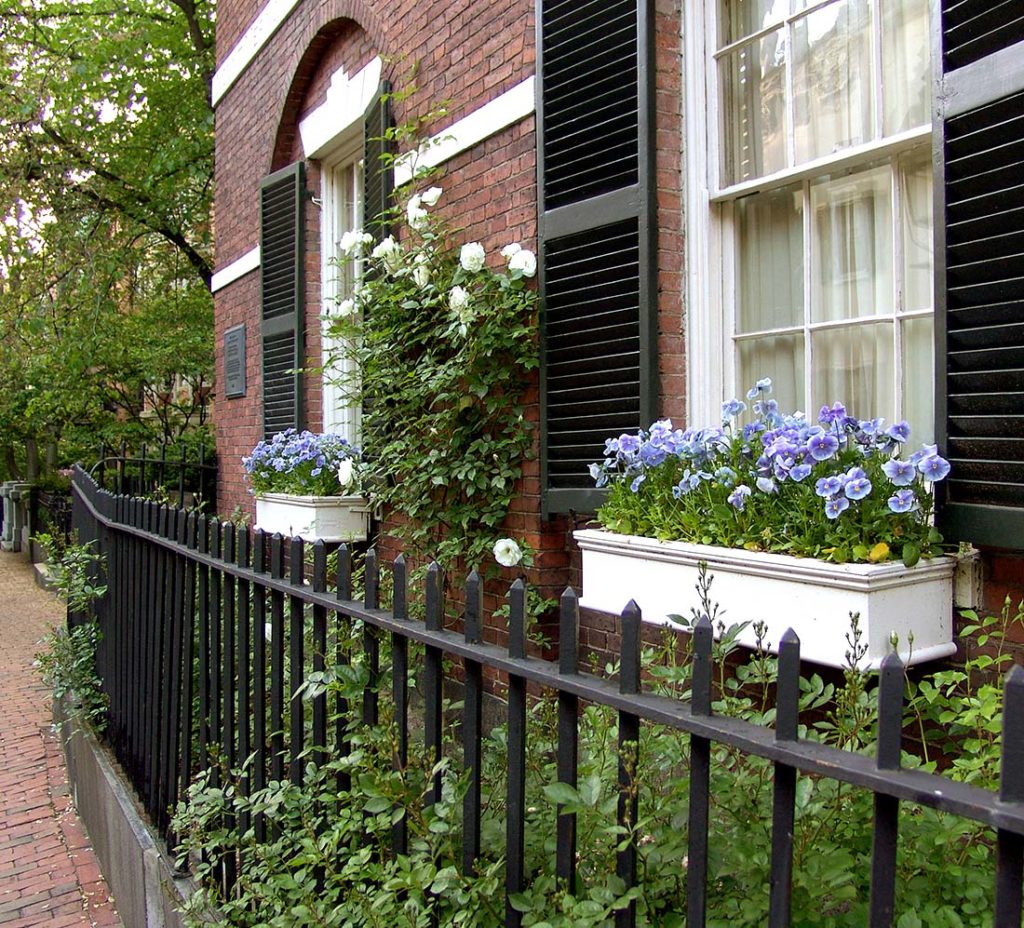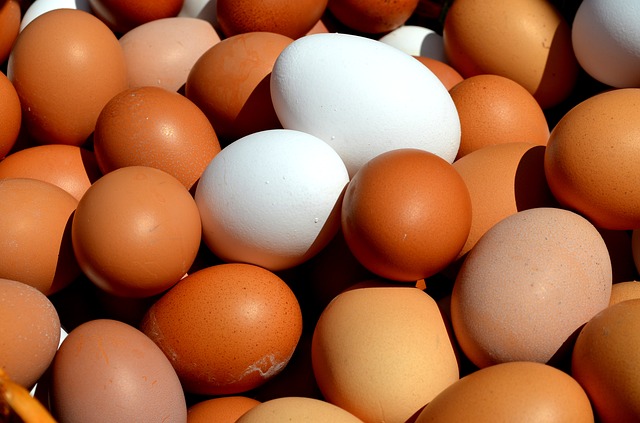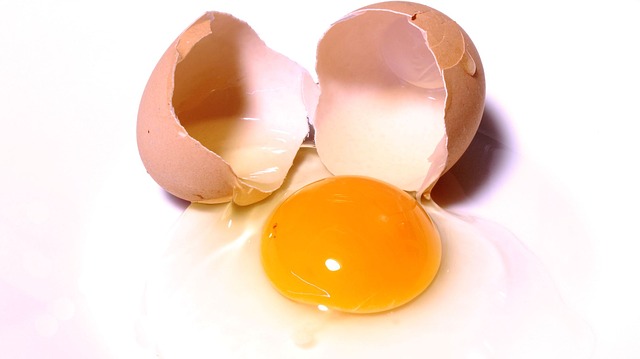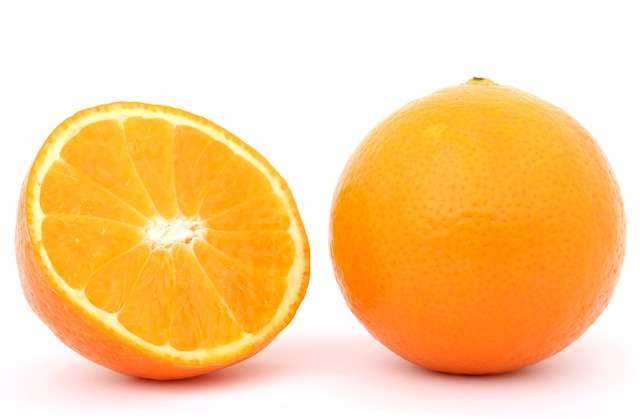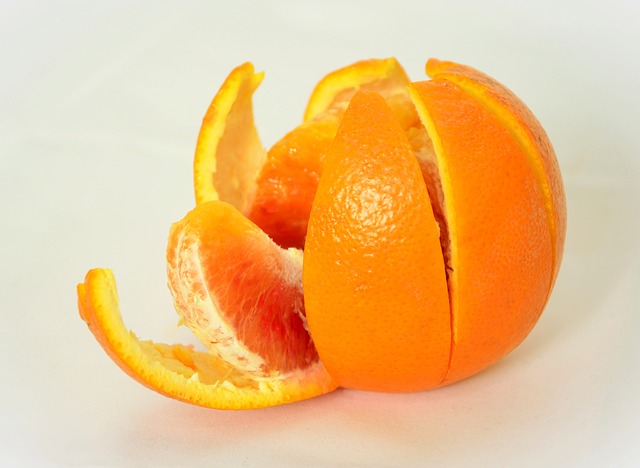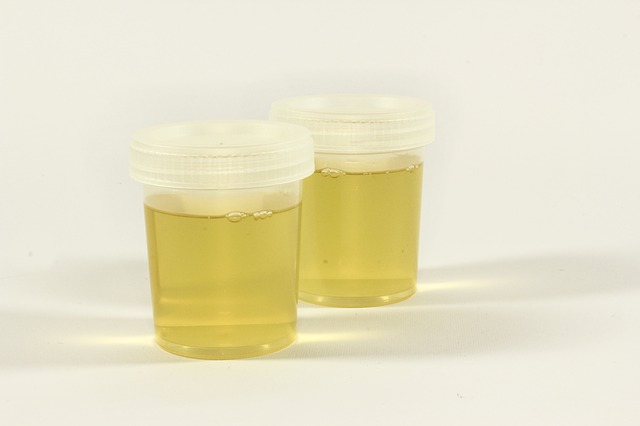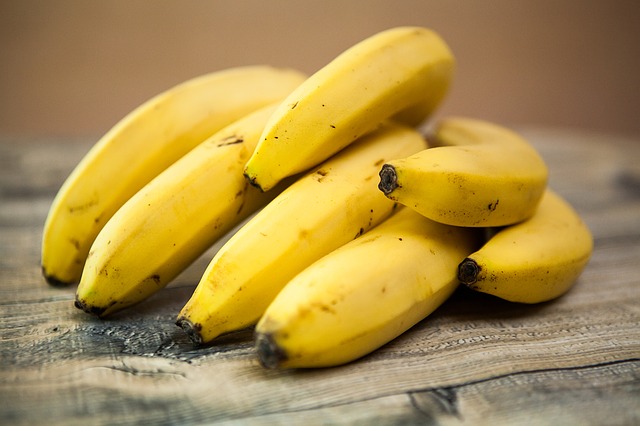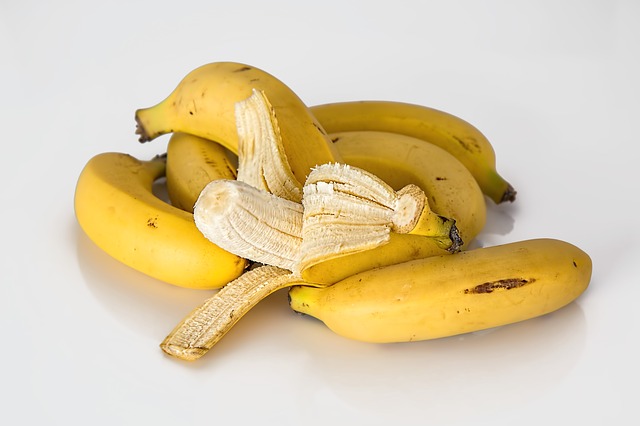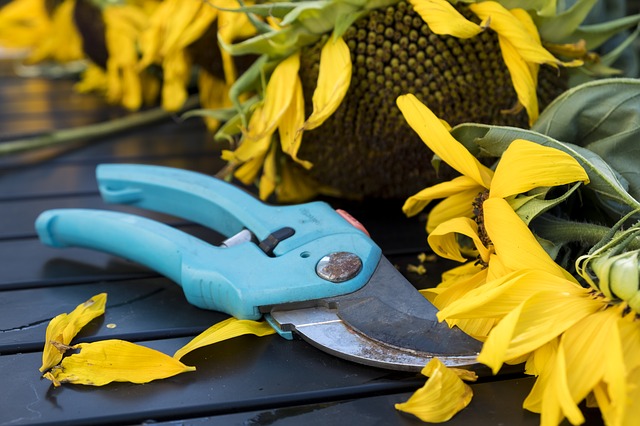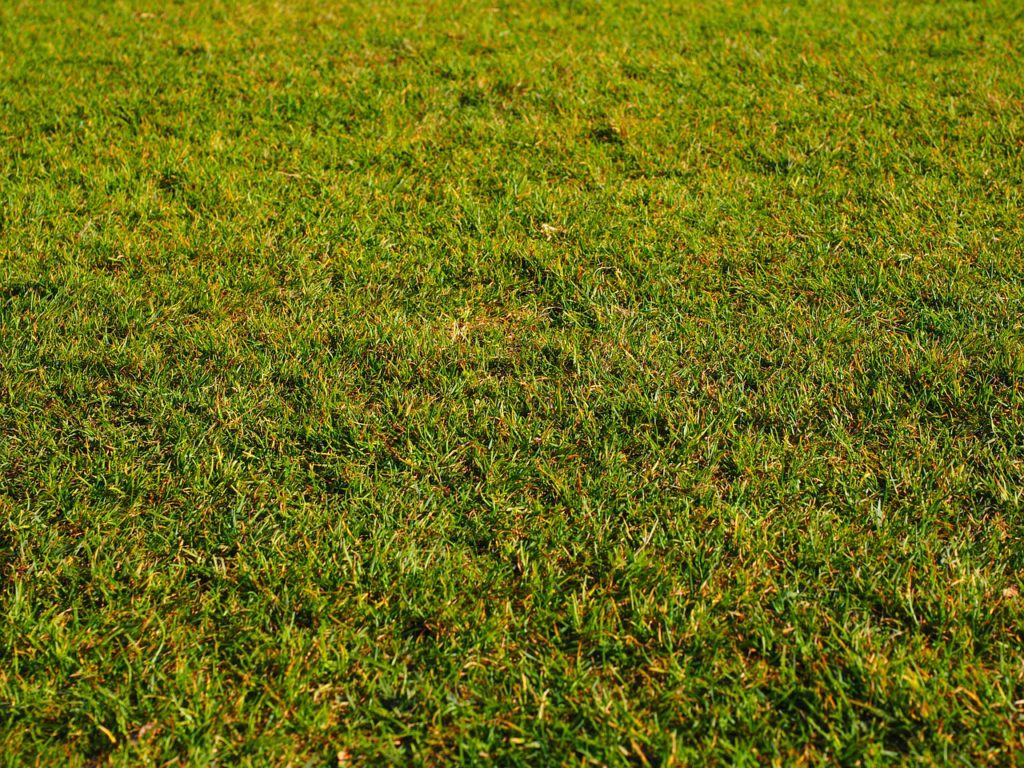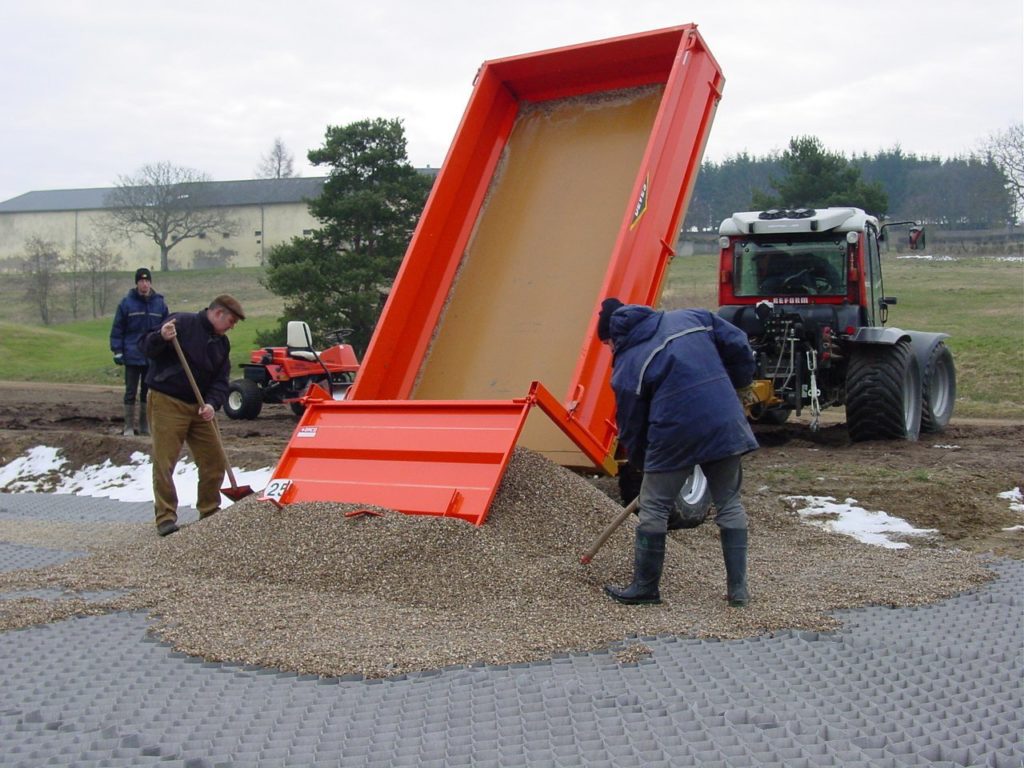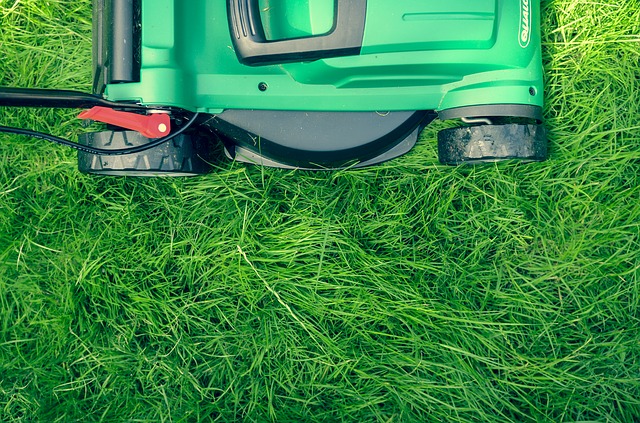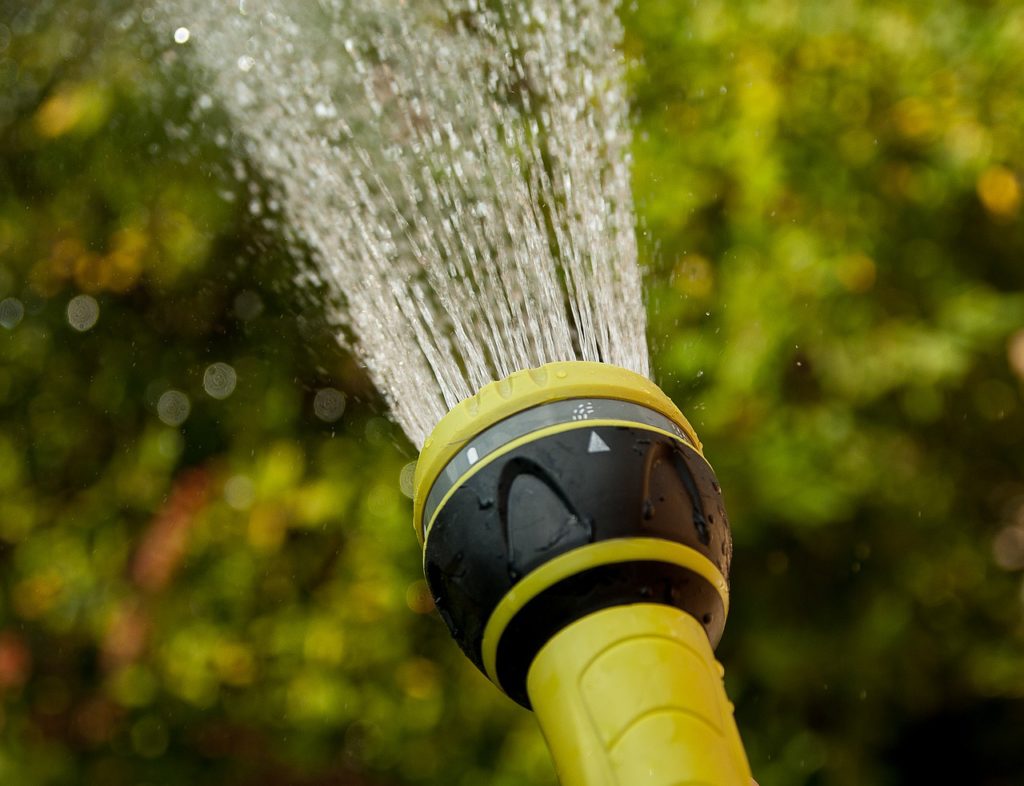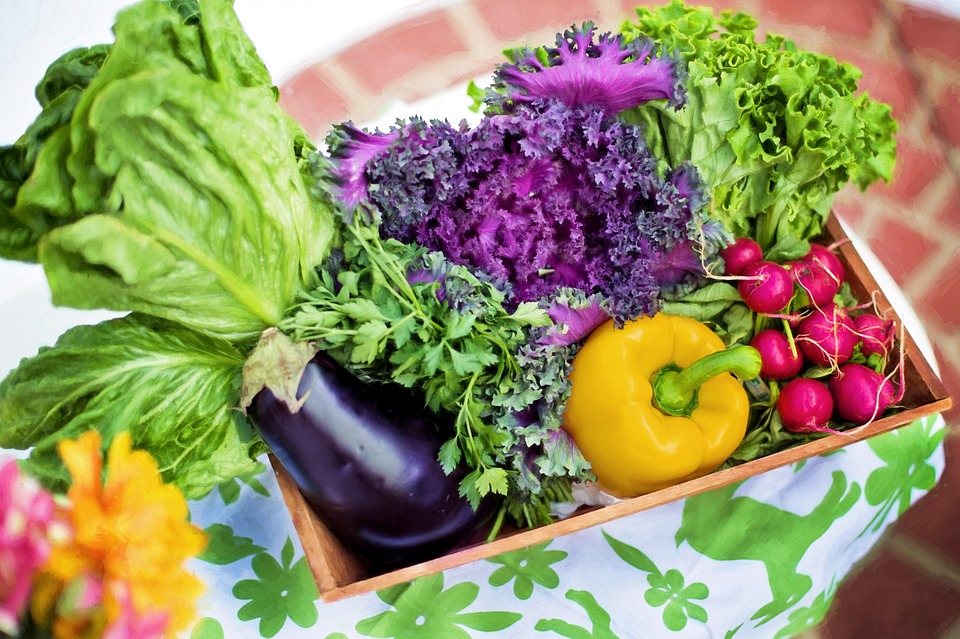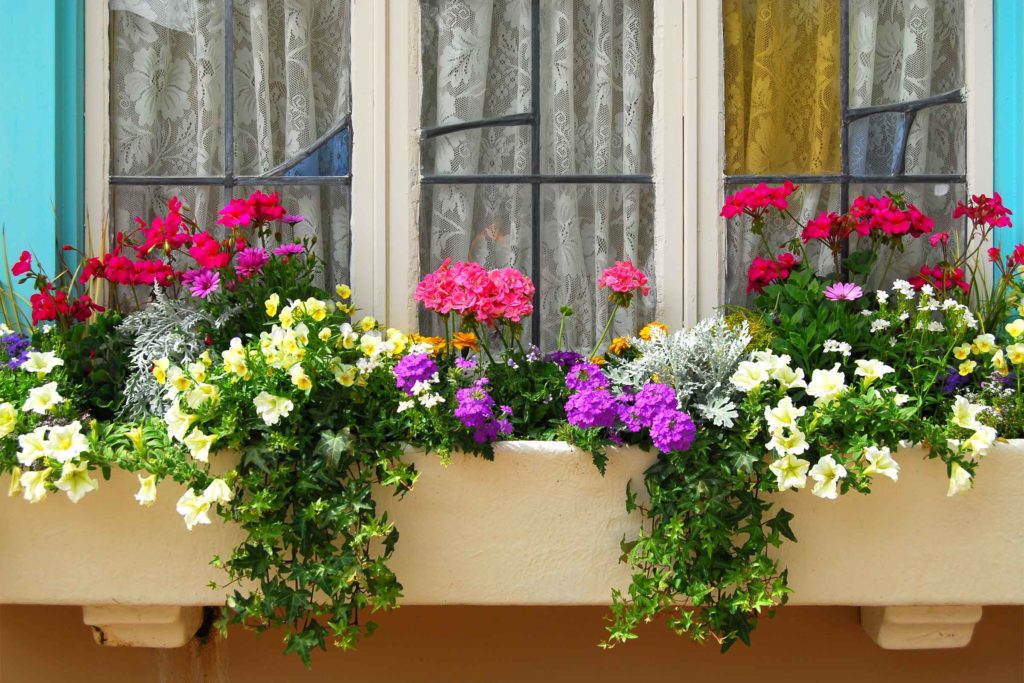
Those traditional window boxes overflowing with flowers may remind you of summer cottages or childhood dreams. This particular feature is one that you want at your home all year-round. Container gardening for window boxes takes a certain flair for picking out the right species for the location. From sunny spots to mysterious shade, understand what flowers are suitable for window boxes to spruce up your property’s appearance.
Foliage and Flower Contrasts
Your main goal may be for a burst of flower colors, but don’t overlook the foliage aspect. Plant gerbera daisies, impatiens, and pansies in the front of a window box while filling the back section with gaura, salvia, and other foliage favorites. You’re looking for texture between the leaves and flowers, so various colors are a must.
Light and dark greens along with yellows will contrast beautifully with pink, red, and purple flowers. Avoid a box with matching colors throughout. When you think about what flowers are best for window boxes, note that it’s their contrasting colors that make them shine from afar.
Flowering Vegetables
Get your flower passion started with a functional box that carries vegetables for the dinner table. Runner beans, leeks, and Chinese broccoli all have flowers that will bloom throughout the season as you enjoy the fruits of your labor. Strawberries are the quintessential edible, and they’re well suited to a window box too.
Delicate flowers give way to juicy fruits that can be eaten right off of the stem. Garlic, chives, red basil, and dill are other plants that complement the vegetables growing nearby. Be sure to space out these plants so that they have some room to spread and develop.
Air Plants
If you’re looking for a simplistic box, an air-plant display is perfectly suited for your home. Air plants come from the species Tillandsia, and they don’t require any soil. Their foliage often looks like perpetual flowers too. Pick a window box that has an open design.
Place the air plants into the box, and secure them with gardening ties. These plants pull moisture from the air in order to survive. You may need to spray them with water from time to time, but they’ll otherwise thrive in a partly shady area.
Cacti and Succulents
These desert plants take some time to flower once you plant them in the window box, but the blossoms are worth the wait. Look for cacti and succulents that grow close to the ground, such as notocactus and aloe.
Many species bloom once a year, and you can enjoy the flowers for several days or weeks, depending on the plant. Cacti and succulents are hardy and require full sun to bloom on a regular basis. You’ll also save money on watering them because they’re accustomed to drought conditions.
Bulbs and Corms
Acting like phoenixes seemingly overnight, bulbs and corms store all of their energy in a small package before they burst forth with foliage and flowers. Consider a window box with basic plants, such as vinca vines and baby tears ground cover.
Mix in annual favorites, including pansies, to liven up the textures. Underneath all of these plants, however, are your bulbs. Use daffodils, ornithogalum dubium or snake flowers and freesias. Their amazing growth will fill in the box quickly as spring arrives.
There’s nothing wrong with switching out the various plants from time to time in order to update the décor. Try herbs in the spring and succulents during the summer, and change to fall gourds in the autumn. By varying the plants at your will, you’ll always have a distinct aesthetic. Neighbors and loved ones will wonder how you garden so professionally with just window boxes.
Author Bio: Matt Buquoi works at FlowerWindowBoxes.com, a company that offers premium-quality, no-rot flower window boxes at affordable prices. Visit their site to learn more about the benefits of their PVC flower boxes, outdoor planters, and window shutters.
Start Shopping for Window Boxes!
The Best Places To Find Free Composting Materials
Many people are interested in composting but feel like they don’t have access to enough organic materials. Luckily there are a range of places you can find free composting materials to get started or make your current pile bigger. Here are some of the best and easiest...
4 Steps to Get Your Garden Ready for Spring
After being cooped up all winter, you may be dreaming about harvesting from a lush summer garden. But before you get there, there’s a lot of work to be done to get the garden ready. Spring garden prep can be intimidating, especially if your garden beds have been left...
What Not To Compost
Composting has many excellent benefits. It allows you to recycle organic material which can then be used to help to enhance your soil. And of course, it’s an environmentally friendly way to reduce trash. But before you get started you’ll need to know what not to...
How To Build A Vegetable Garden That Is Both Tasty And Attractive
A healthy vegetable garden can provide you with hours of stress-busting, mental health-boosting fun and give you and your family healthy, organic produce to eat for months. If you have even a few square feet of yard space, planting a vegetable garden is easy and...
Using Eggs Shells In The Compost
There are many food scraps that people use in their compost. However, there is one that is often overlooked. Using egg shells in compost is not just a great way to help reduce waste but also boosts the nutrient content of the soil you are creating for your plants....
Using Egg Shells In The Garden
Once you learn how you can use egg shells in the garden you won’t just think about eggs solely as food. Their shells are a free way to add to the health of your soil and plants, but they also have quite a few other helpful benefits as well. Here are the best ways to...
Using Orange Peels In The Garden
Oranges are a healthy snack and ingredient but you’re most likely wasting one of the most beneficial parts, the peel. While we can’t eat them, using orange peels in the garden has many surprising advantages. Here are the top ways you can put your peels to work....
Can You Compost Orange Peels?
If you’ve ever wondered, "can you compost orange peels?" the answer is yes. Although there are a few things you should know when doing so. So here’s your fast guide! Composting Basics When composting, you’ll need to include a mix of both carbon and nitrogen-rich...
Using Urine As Fertilizer
While urine is waste, it also contains nutrients that our bodies can’t use. But your garden can! Using urine as fertilizer is free and as organic as it gets! Here’s what you’ll need to know when thinking about using it. There have actually been multiple studies that...
The Urine-Compost Connection
Composting is all about re-using organic materials. And like the majority of us, you probably have been flushing away one of the most natural ways of all to condition your compost. By adding urine compost can be given a huge boost and that is passed on to whatever...
Using Banana Peels In Compost
Can you put banana peels in compost? You bet you can! While bananas offer us some extremely important nutritional benefits that help us to stay healthy, their peels can be used to add to the health of your compost pile as well. Bananas are one of the most popular...
Using Banana Peels In The Garden
Bananas are both delicious and healthy. And you may have wondered after finishing your morning shake or afternoon snack whether those peels you’ve been throwing away for years could be used for other things. What can you do with banana peels? It turns out quite a lot,...
Common Gardening Injuries And How to Avoid Them
While gardening isn’t necessarily the most dangerous pastime one can think of, injuries do occur. Recent data suggests that in the US alone, over 300,000 gardening injuries occur annually. So whether you are a seasoned gardener or are just beginning, it’s important to...
Just Moved? How To Safely Transport Your Plants Into Your New Garden
It can take years of planting and care to create a magnificent garden. That’s why the prospect of relocating or moving houses can induce anxiety in gardeners. Whether you plant ornamentals, or if you grow your own vegetables, having to start over can be a daunting...
Why You’ll Want To Revamp Your Garden with Artificial Grass
Installing an artificial lawn is an easy and attractive way to improve and revamp your garden. This is because an artificial lawn is like a real lawn, only much better! Artificial grass has been developed to such a high-quality standard that it looks and feels as...
The Best Grass Types For Creating A Drought Tolerant Lawn
Many of us live in dry and arid places. There are many locations around the world that unfortunately for your lawn don’t get much rain throughout the year. For people who live in these places, a green, healthy-looking lawn can seem impossible to have and maintain....
Garden Drainage: How to Avoid a Waterlogged Garden & Patio
Many locations around the world get a lot of rain. With an average of 33 inches of rain per year, this is especially true in the U.K. where it is rare for a day to pass that it is not raining somewhere. Regardless of where you live this can lead to problems with...
Easy Lawn Care? Experts Say It’s Possible With These Tips!
There's no way around it: If you want a lush lawn, you have to work for it. That entails putting in a lot of time, effort, and yes, money. And even if you are hiring experts in lawn care, you will still need to shoulder some of the responsibilities involved. That does...
Water-Wise Landscaping: Avoid Cultivating These Types Of Plants
Water is one of the primary needs of all plants. They need to receive the right amount of hydration to grow and thrive properly. You can ensure your plants get the hydration they need by watering them regularly using a garden hose or watering can, or by having a...
Starting A Vegetable Garden: Motivational Tips For Beginners
Back in the day, our ancestors did not have to go very far to buy vegetables, they just had to step out in their garden and pick up free, fresh veggies. Unfortunately, over generations, most of us have lost touch with our natural gardening instincts due to the busy...

